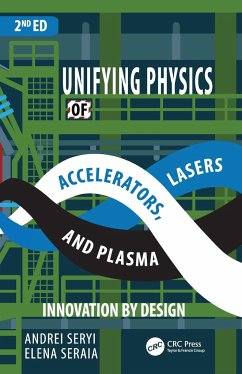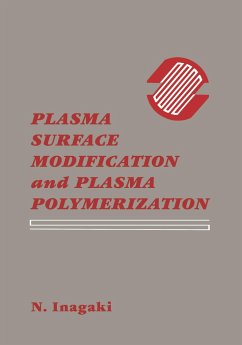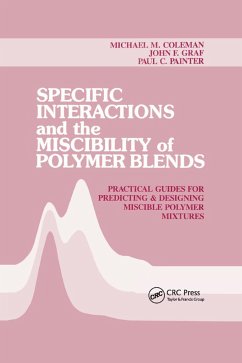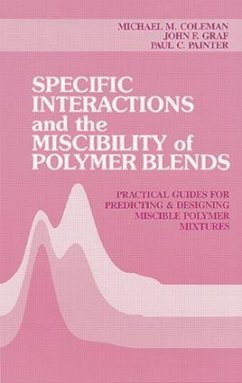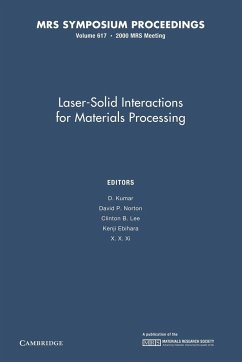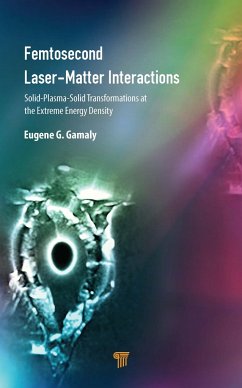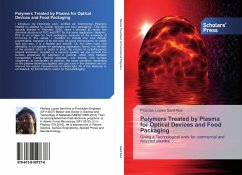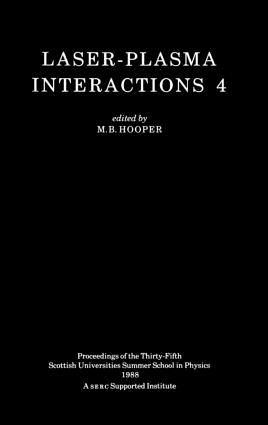
Laser-Plasma Interactions 4
Versandkostenfrei!
Versandfertig in 1-2 Wochen
232,99 €
inkl. MwSt.
Weitere Ausgaben:

PAYBACK Punkte
116 °P sammeln!
Laser-Plasma Interactions 4 is the fourth book in a series devoted to the study of laser-plasma interactions. Subjects covered include laser light propagation, instabilities, compression and hydrodynamics, spectroscopy, diagnostics, computer code, dense plasmas, high-power lasers, X-UV sources and lasers, beat waves, and transport processes.





